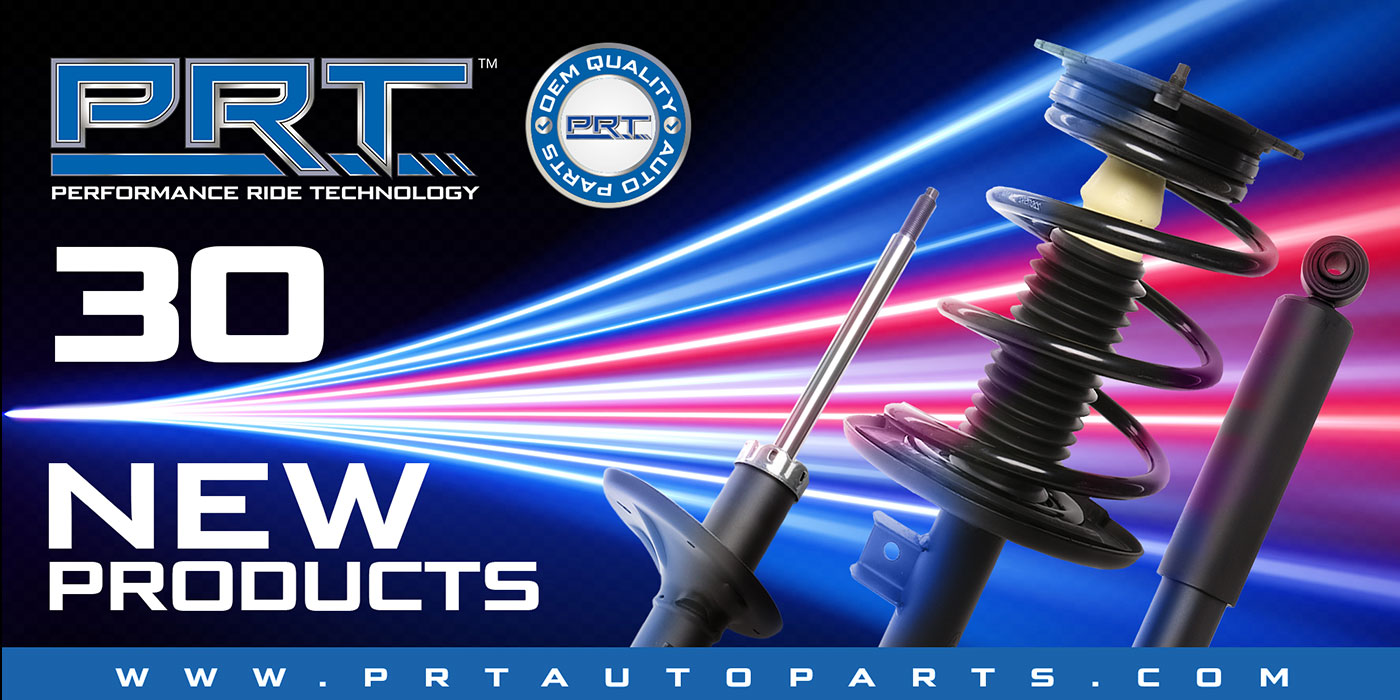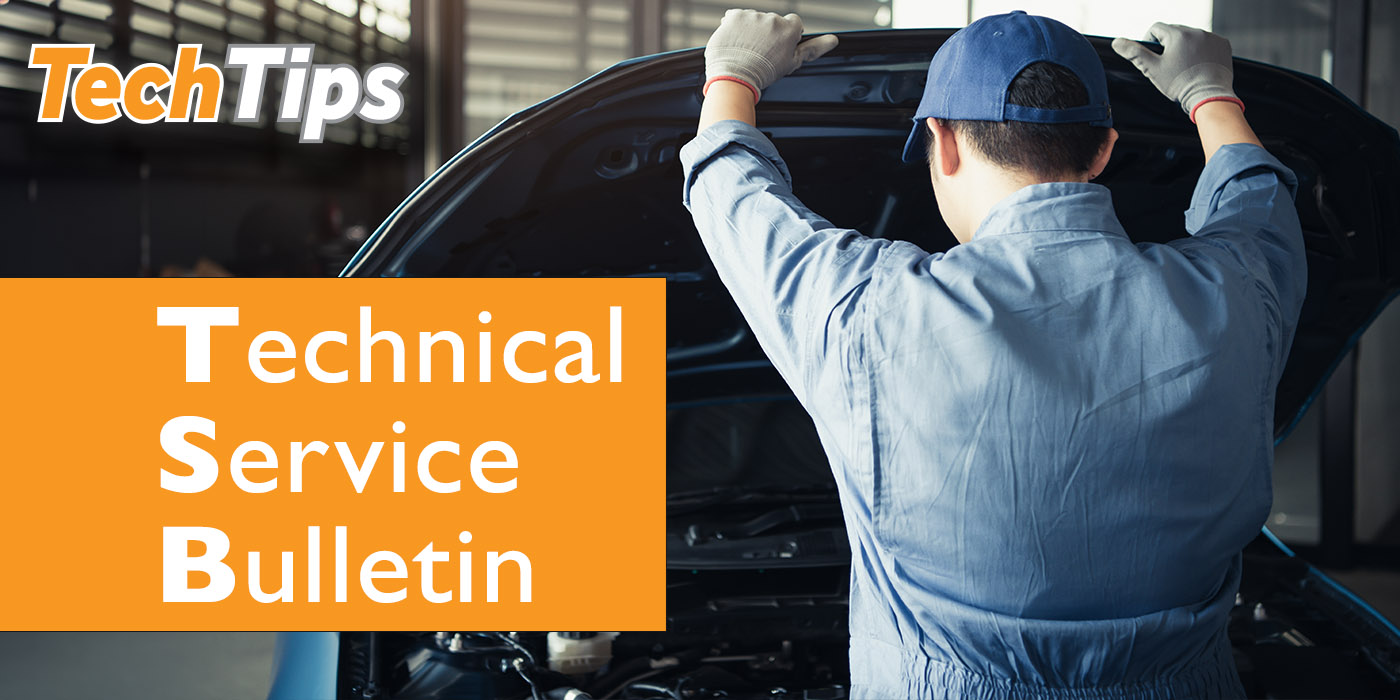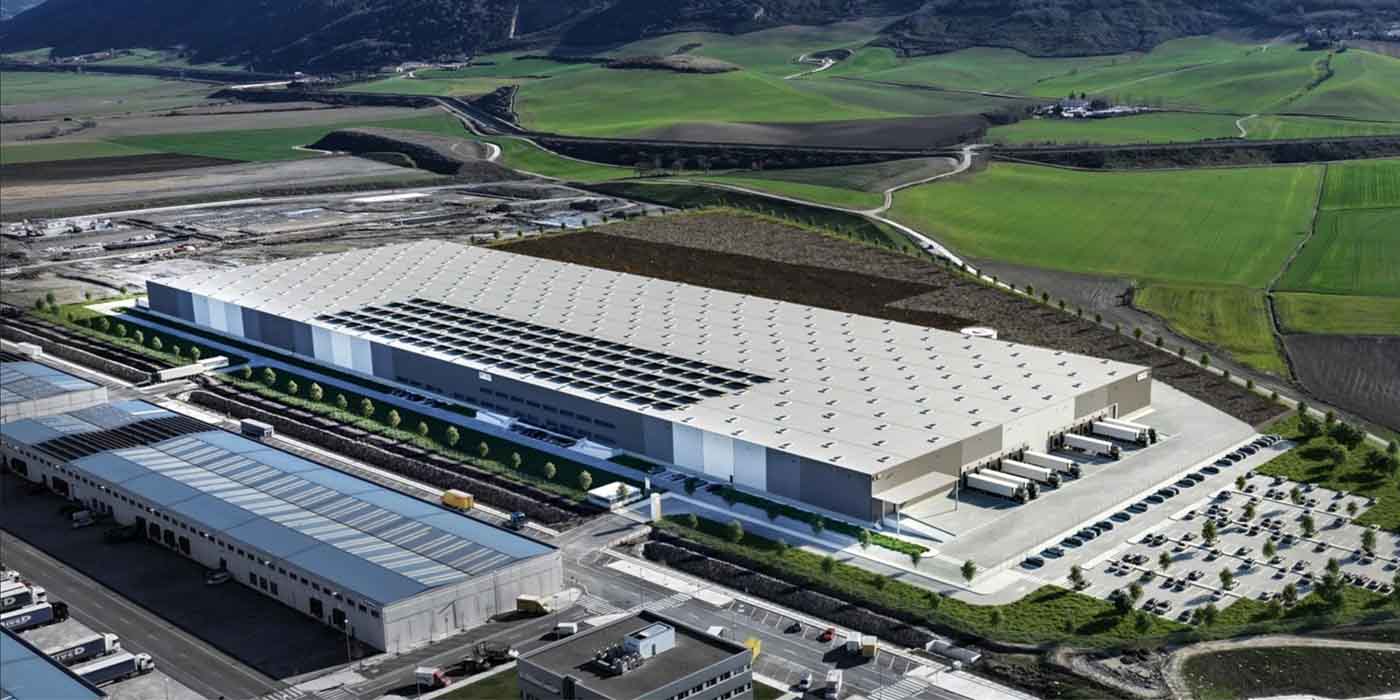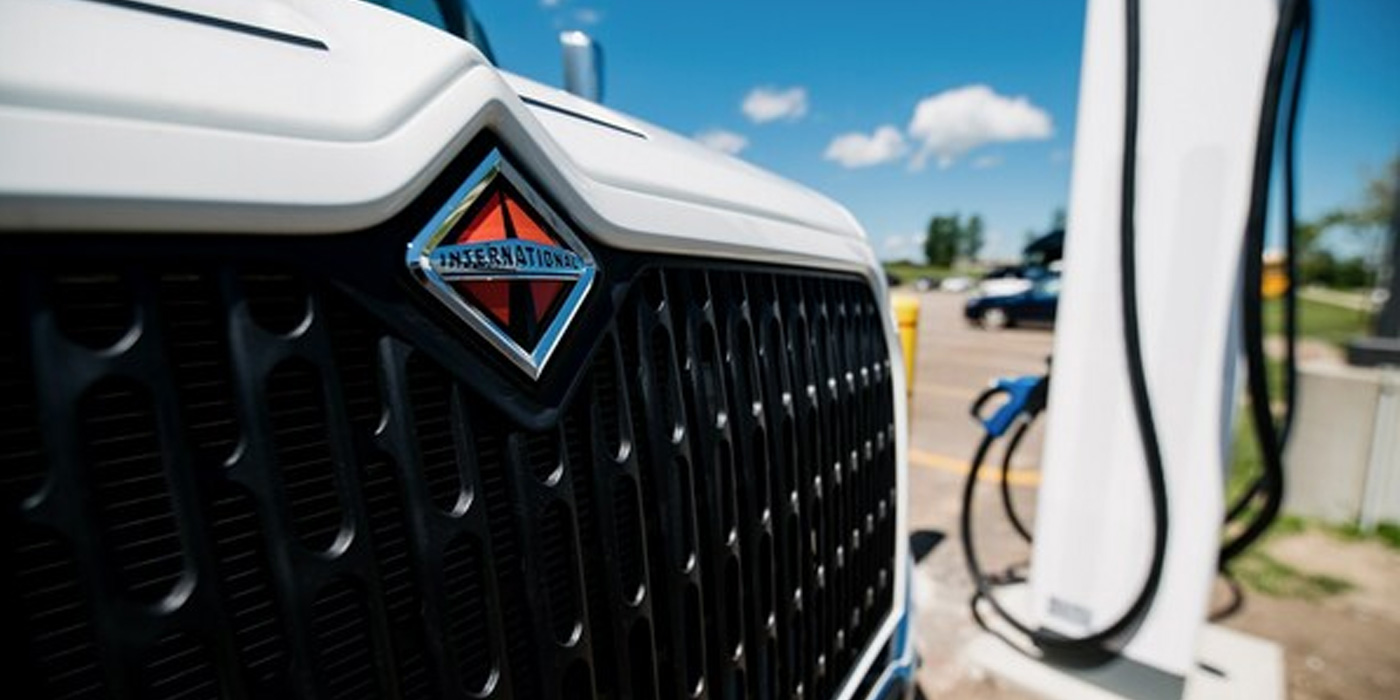Fault codes C1200, C1201 or C1202 may be set in the ESP control module in the event of a misadjusted brake pedal switch on the following models: 129,170, 202, 208, 210, 215 and 220.
Before adjusting the brake pedal switch, use DAS and check the switch for proper voltage supply. If replacing the switch, ensure that the correct part number is installed based on the vehicle model.
Service Procedure:
1. Remove the stop lamp switch and pull out the self-adjusting tappet.
2. Re-install the stop lamp switch and place a spacer with a thickness of 1.5 mm between the stop lamp switch tappet and the stop on the brake pedal.
3. Release the brake pedal (the stop lamp switch will adjust itself automatically) and, at the same time, pull back the brake pedal by hand with slightly more force than the force of the return spring.
4. When the setting process has been completed, the spacer must be removed.
Note: The brake pedal switch adjustment process will affect the BAS system. The BAS release switch fault may be stored as a result of the plausibility test between the BAS release witch and the brake pedal switch if the brake pedal switch is incorrectly adjusted.
Courtesy of IDENTIFIX.
For additional tech tips, visit www.identifix.com.













